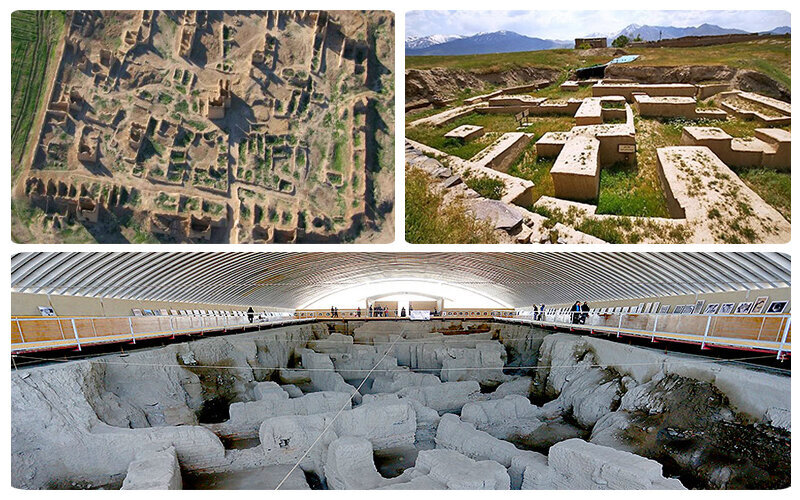ICOMOS assessor visiting Ecbatana for UNESCO labe

TEHRAN - A top expert from the International Council on Monuments and Sites has arrived in Hamedan to perform an assessment of Ecbatana and its cultural treasures for a possible UNESCO registration.
The ICOMOS expert has commenced his field survey of Ecbatana in an extensive evaluation project expected to continue for a few days, IRIB reported on Friday.
In addition, the expert will be visiting Hamedan’s historical core and its destinations such as Imam Khomeini Sq., Jameh Mosque, the historical bazaar, Avicenna Mausoleum, and Mausoleum of Esther and Mordechai, the report said.
Locally known as Hegmataneh, Ecbatana partly overlaps with modern Hamedan, which was once one of the world’s greatest cities of ancient times.
Hamedan’s Governor-General Moslem Makhfi has said a possible UNESCO designation of Ecbatana provides a great opportunity for Iran’s tourism sector. “The UNESCO registration of the Hegmataneh ensemble will provide an unparalleled opportunity not only for Hamedan but for the whole tourism sector of Iran.”
Hegmataneh served as the capital of Medes and later the summer residence for Achaemenid kings. The ensemble is made up of a priceless archeological site and a singular collection of historical ruins.
The ancient site embraces artifacts from six different historical eras that are still extant, including an odd collection that belonged to Iran's Christians. It is well protected as a result of its significance to history and culture.
Ecbatana was first excavated in 1913 by the French Assyriologist Charles Fossey. In 2006, excavations in a limited area of Hegmataneh hill failed to uncover anything older than the Parthian period (247 BC). However, excavations have been limited due to the modern city covering most of the ancient sites.
Around 1220, Hamedan was destroyed by the Mongols. In 1386, it was sacked by Timur (Tamerlane), a Turkish conqueror, and the inhabitants were massacred. In the 17th century, it was partially restored and then frequently changed hands between the Iranian dynasties and the Ottomans.
Located on a high plain, Hamedan is pleasantly cool in the summer but can snow and freeze from December to March. Hamedans attractions include Ali Sadr Cave, Ganjnameh Inscriptions, Avicenna Mausoleum, Hegmataneh Hill, Alaviyan Dome, Jameh Mosque, and St. Stephanos Gregorian Church, among others.
AFM

Leave a Comment